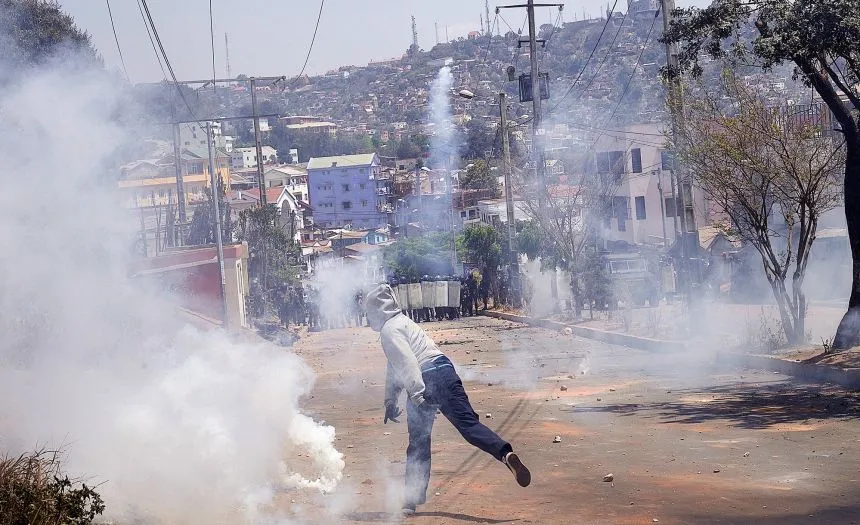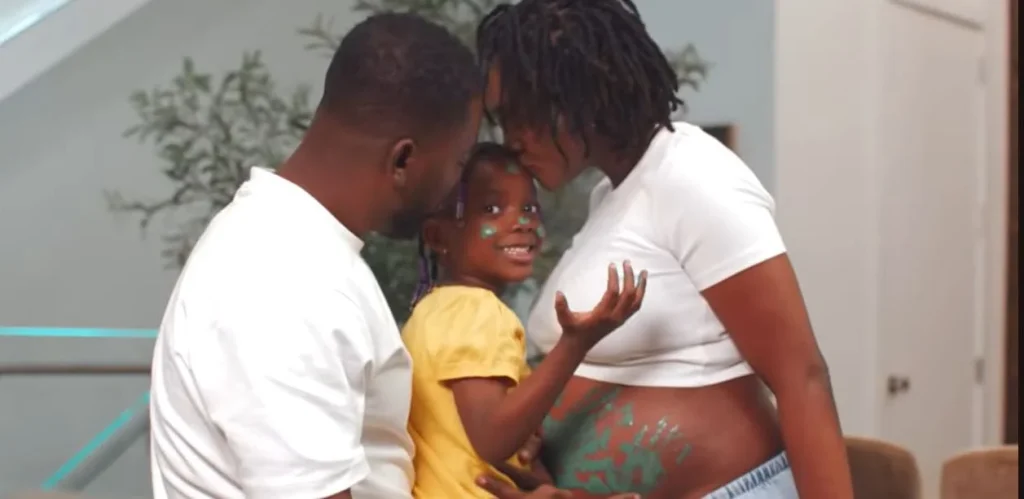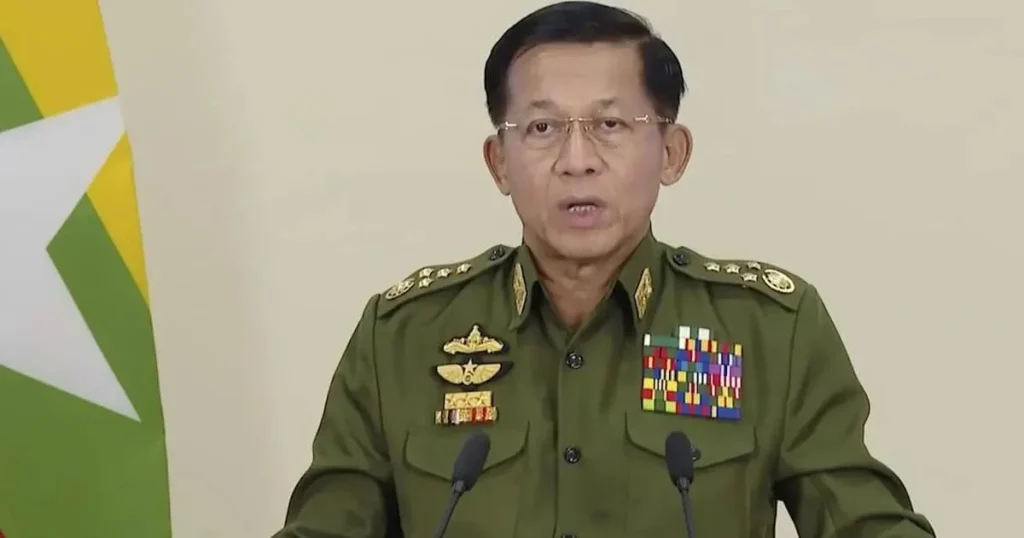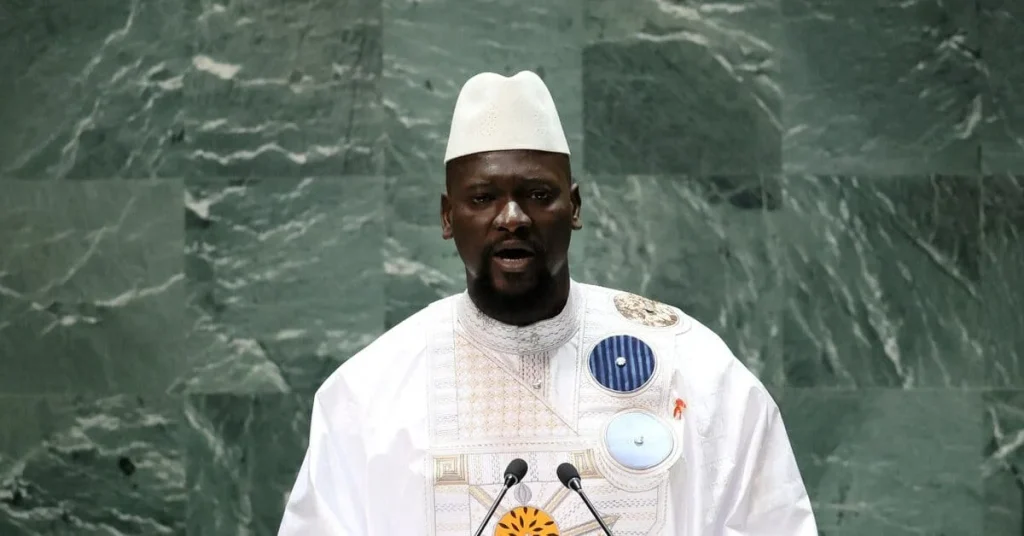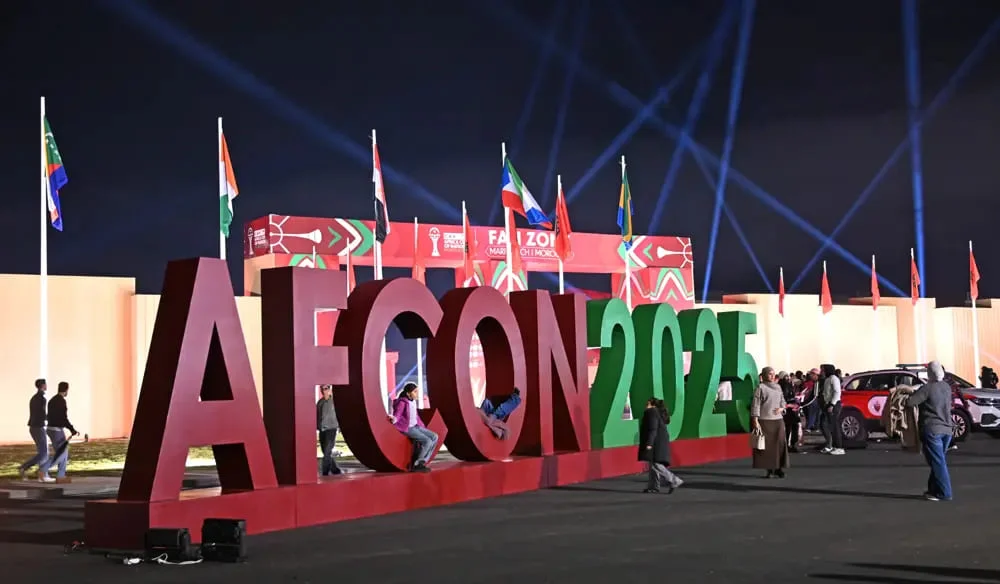On September 29, 2025, President Andry Rajoelina dissolved Madagascar’s government in response to intense youth-led protests over water and electricity shortages.
The United Nations reports at least 22 deaths and over 100 injuries, marking the biggest challenge to his leadership in years.
Protest Surge
Now in their third day, the protests stem from frustration over blackouts and water cuts lasting over 12 hours.
The demonstrations, the largest in Madagascar’s recent history, draw inspiration from youth movements in Kenya and Nepal.
Rajoelina’s Response
In a televised speech, Rajoelina expressed empathy: “I feel your anger and pain.” He apologized for government failures and pledged aid for businesses hit by looting, aiming to calm tensions.
Violence and Dispute
The UN attributes casualties to security forces and gang-related looting. Madagascar’s foreign ministry disputes these figures, calling them unreliable.
On Monday, police used tear gas to break up university protesters marching toward the capital, despite a curfew.
Youth Activism
Malagasy youth mimic global tactics, using a protest flag inspired by Nepal’s and online organizing seen in Kenya’s anti-tax rallies. This digital activism signals a new era for Madagascar’s protest movement.
Rajoelina’s Leadership
Rajoelina, who seized power in a 2009 coup and won a disputed 2023 election, faces his toughest test. Dissolving the government is a bid to regain control amid growing unrest.
Why It Matters
The protests highlight Madagascar’s infrastructure woes and youth frustration, threatening stability on the Indian Ocean island.
What’s Next
Rajoelina’s next moves will determine if he can ease tensions or face further unrest in 2025.
Nationwide Power Workers’ Strike Paralyzes Nigeria’s Electricity Supply


